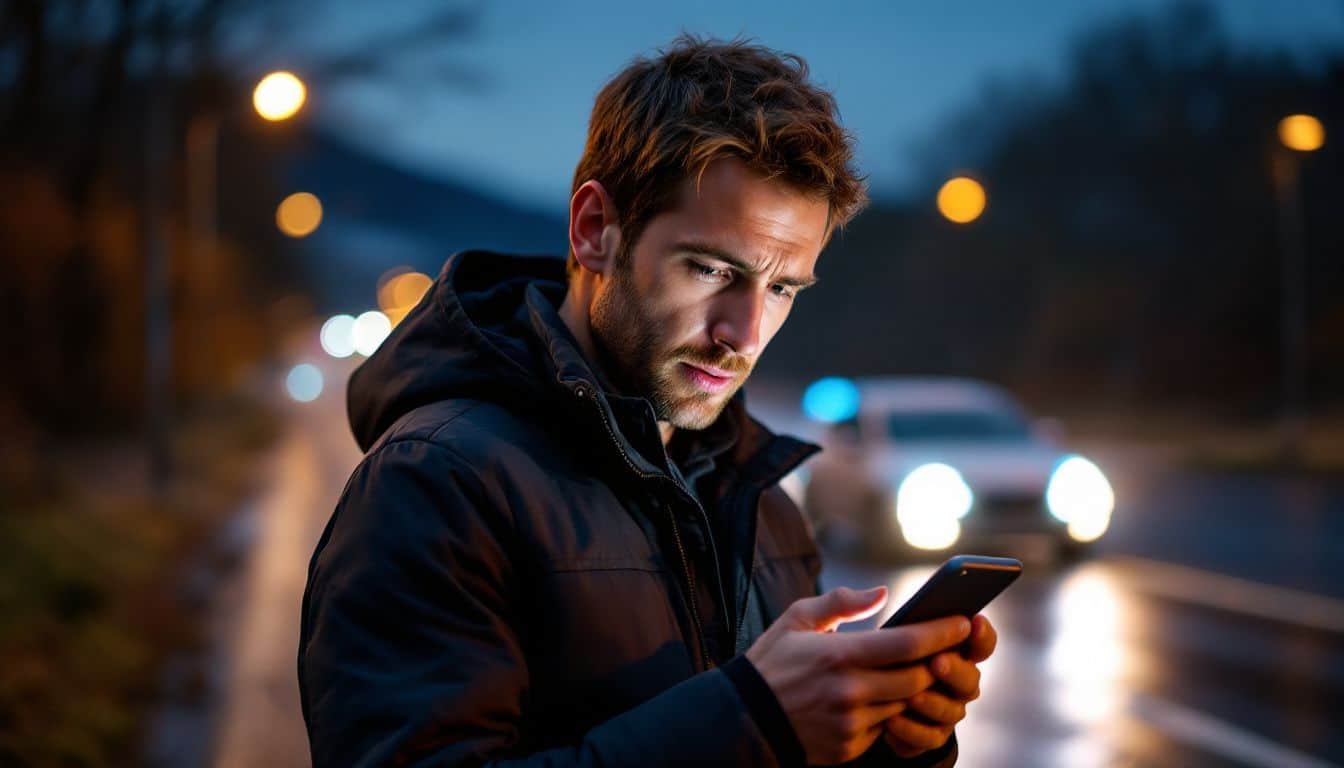Ever seen a car weaving on the road and thought, “That driver’s drunk”? It’s scary stuff. Did you know that every day, about 32 people in the U.S. die in drunk-driving crashes? That’s why knowing how to report a drunk driver anonymously is so important.
This article will show you the easy steps to alert the cops without giving your name. Ready to be a road hero?
Key Takeaways
Drunk driving kills about 32 people daily in the U.S., making anonymous reporting crucial for road safety.
Look for erratic behaviors like swerving, sudden speed changes, and ignoring traffic signals to spot drunk drivers.
Note the car’s license plate, make, model, color, location, and direction when reporting anonymously.
Use 911 for urgent cases or city-specific numbers like 311 in NYC and 1-877-ASK-LAPD in Los Angeles for less pressing reports.
WeTip and MADD (1-877-623-3435) offer 24/7 anonymous reporting options through phone, text, or mobile apps.
Table of Contents
Identifying Signs of Drunk Driving
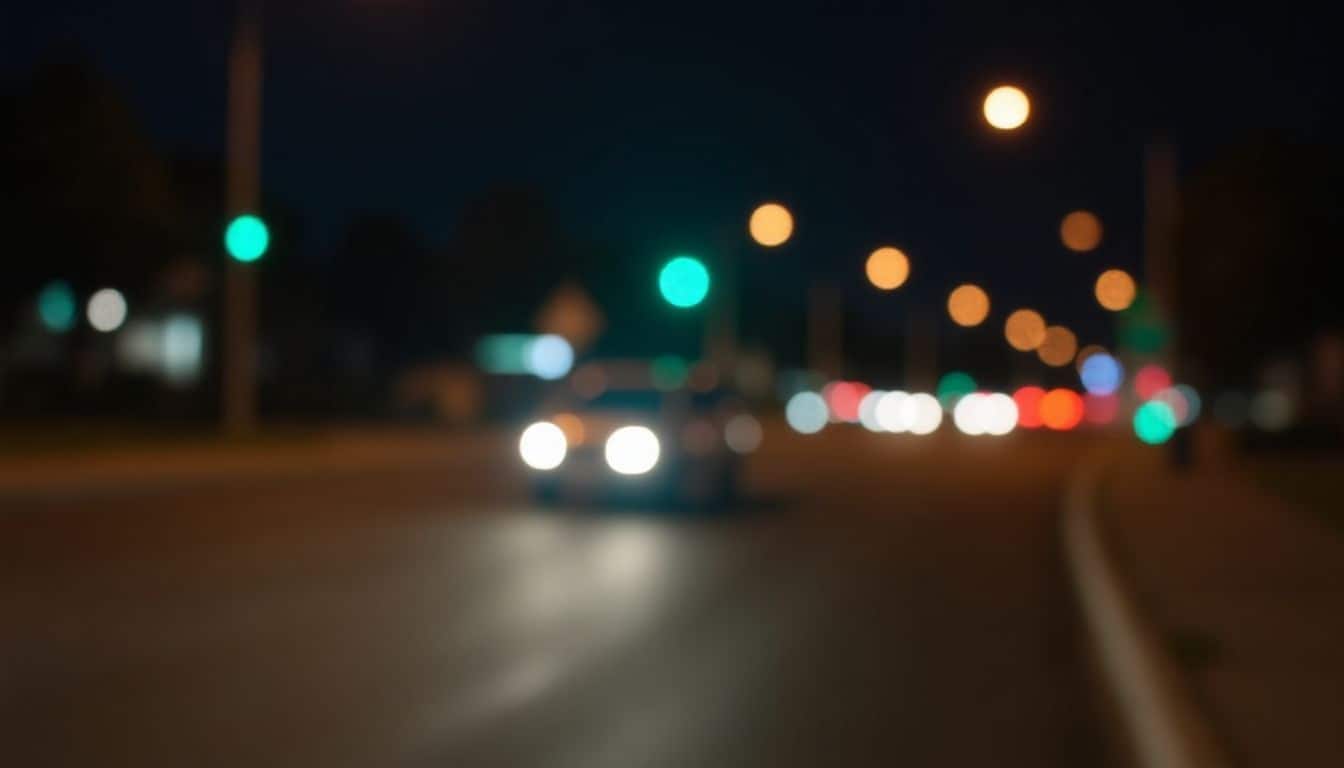
Spotting a drunk driver isn’t rocket science. Look for cars swerving, braking oddly, or ignoring traffic lights – these are dead giveaways.
Erratic Driving Behaviors
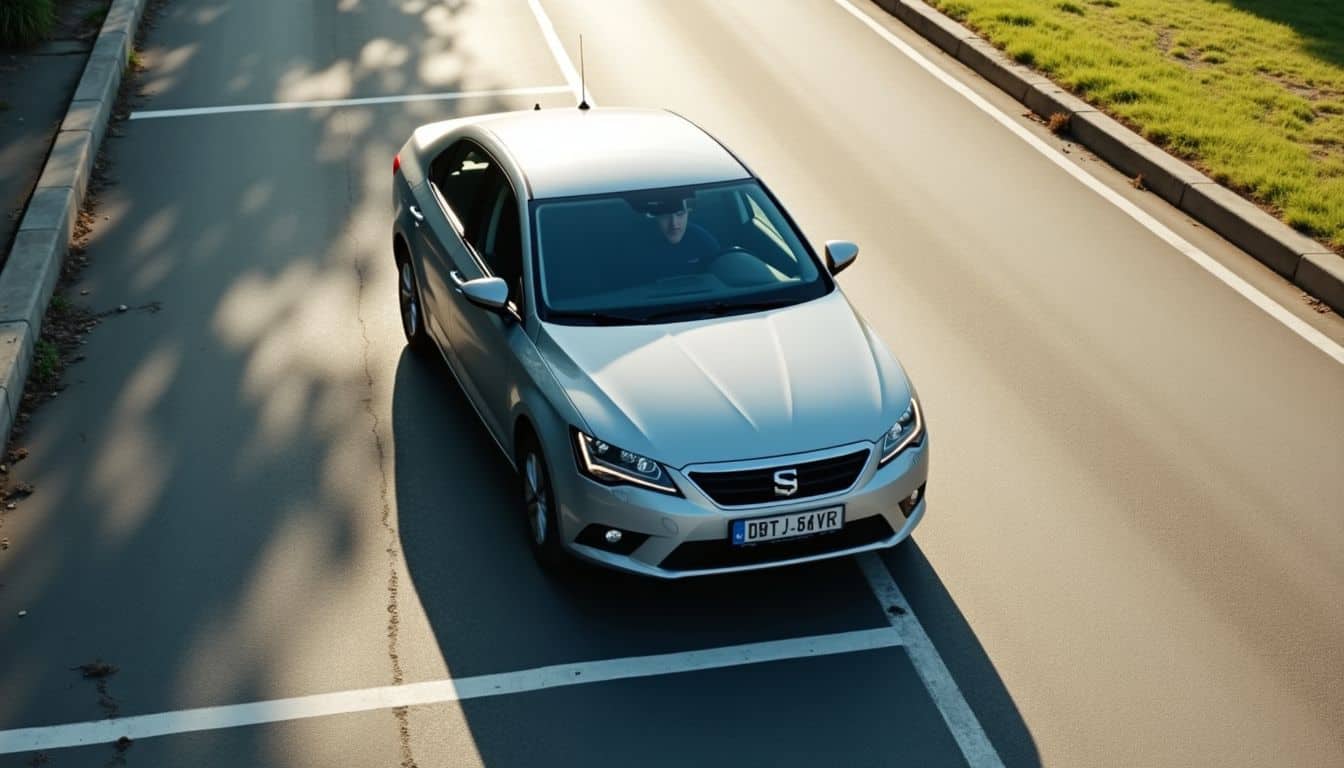
Drunk drivers often show clear signs on the road. They might swerve wildly, bouncing between lanes. Or they’ll crawl along super slowly, way below the speed limit. These folks can’t seem to make up their minds – one minute they’re hitting the gas, the next they’re slamming on the brakes.
It’s like watching a bad dance routine.
Sharp turns come out of nowhere, as if they just remembered their exit. Sometimes they’ll straddle two lanes, unable to pick a side. In extreme cases, you might spot them on the wrong side of the road entirely.
A drunk driver is like a loose cannon on the road – unpredictable and dangerous.
According to a law firm, drunk drivers often stop at odd times and places, like the middle of an intersection. These behaviors aren’t just annoying – they’re deadly serious warning signs.
Speed Fluctuations
 Speed changes are a big red flag for drunk driving. A car that can’t keep steady might be driven by someone who’s had too much to drink. You might see a vehicle zoom past you, then slow way down.
Speed changes are a big red flag for drunk driving. A car that can’t keep steady might be driven by someone who’s had too much to drink. You might see a vehicle zoom past you, then slow way down.
Or it might crawl along at a snail’s pace, then suddenly speed up. These wild swings in speed are not normal. They show the driver can’t control the gas pedal well.
Drunk drivers often have trouble judging how fast they’re going. They might hit the brakes hard for no reason. Or they could floor it without warning. This erratic behavior puts everyone on the road at risk.
It’s not just about going too fast or too slow – it’s the unpredictable shifts that spell danger. If you spot a car acting like this, it’s smart to keep your distance… and maybe make a call to report it.
Disregard for Traffic Signals
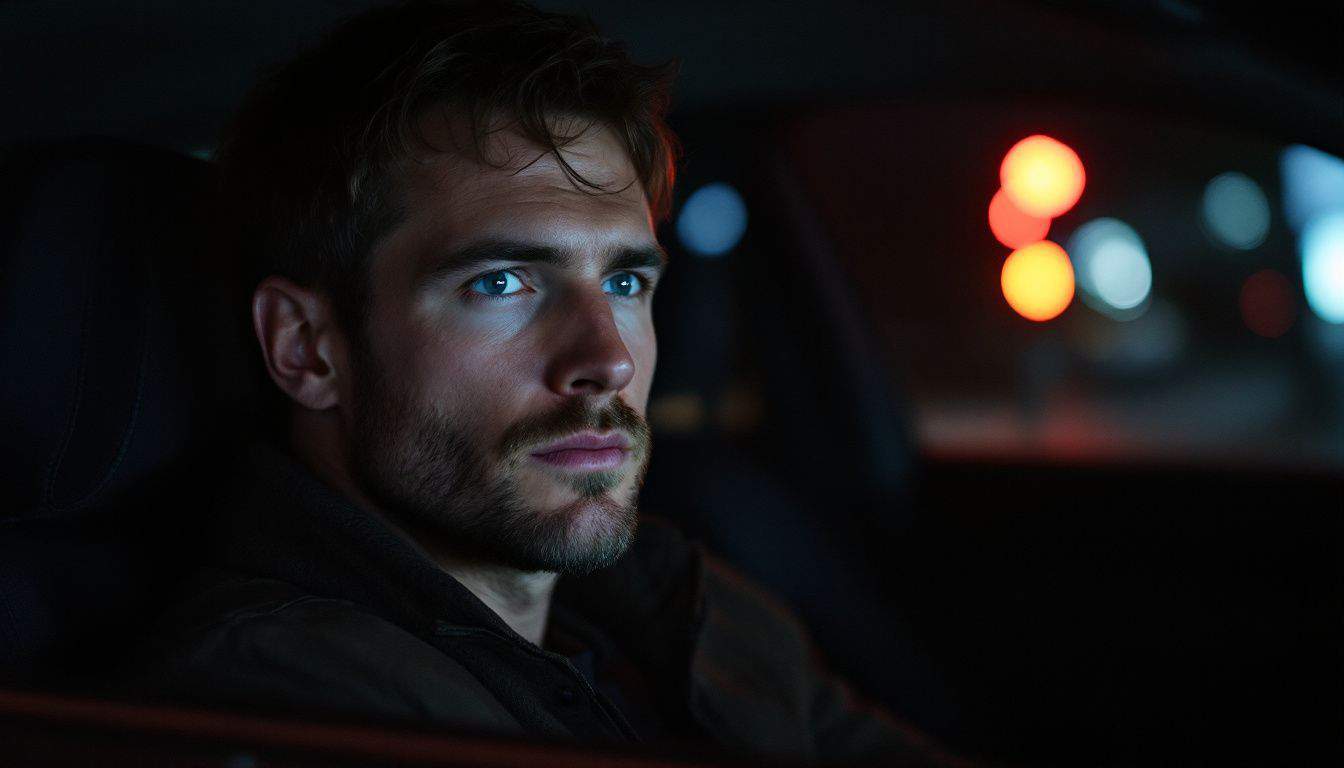
Drunk drivers often ignore traffic signals. They might blow through red lights or stop signs without a care. This puts everyone on the road at risk. Spotting a car that doesn’t follow basic traffic rules is a big red flag.
It’s not just about running reds – these drivers might also stop at green lights or fail to yield when they should.
Night driving adds another layer of danger. Some drunk drivers forget to turn on their headlights after dark. This makes them hard to see and more likely to cause crashes. If you spot a car without lights at night, it’s worth a second look.
These behaviors aren’t just annoying – they’re deadly serious signs of impaired driving.
Steps to Anonymously Report a Drunk Driver
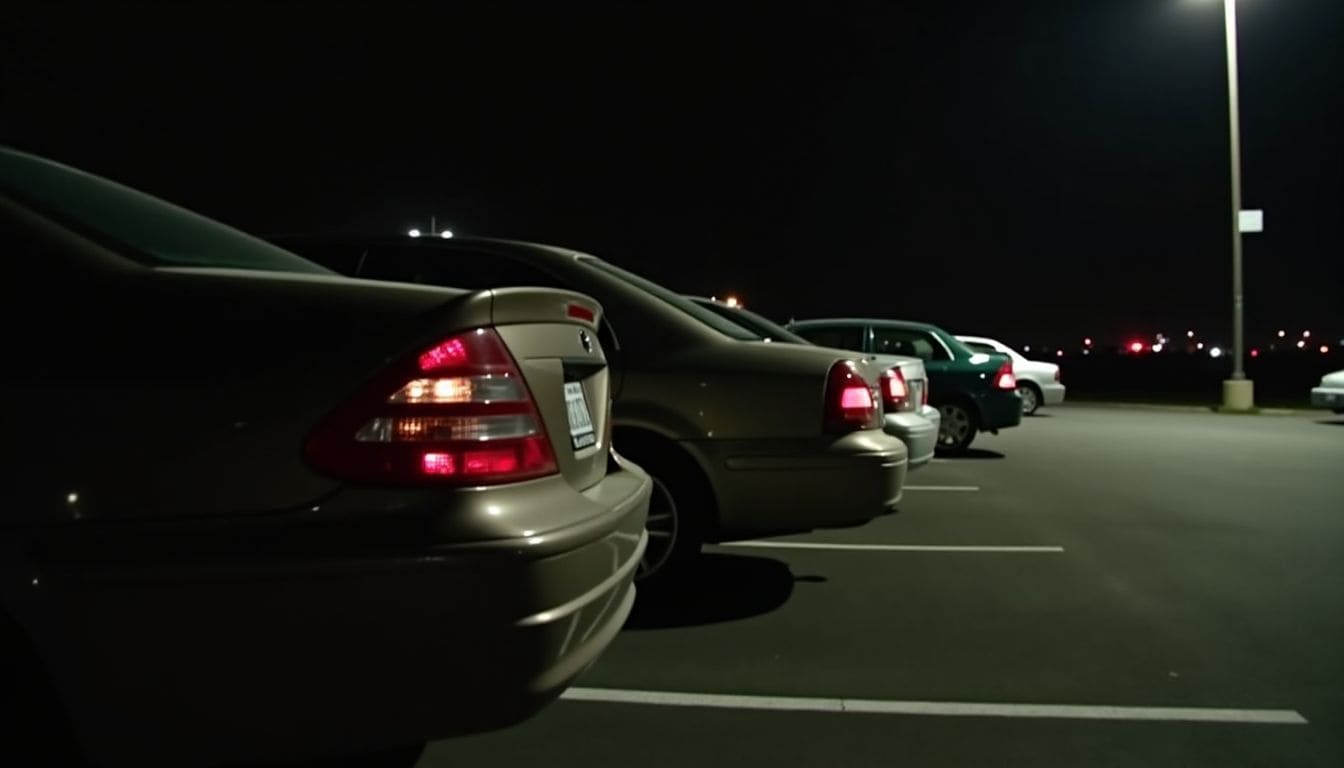
Spotting a drunk driver? You’ve got options. Let’s dive into how you can report these road menaces without revealing who you are – it’s easier than you think!
Key Observations to Record
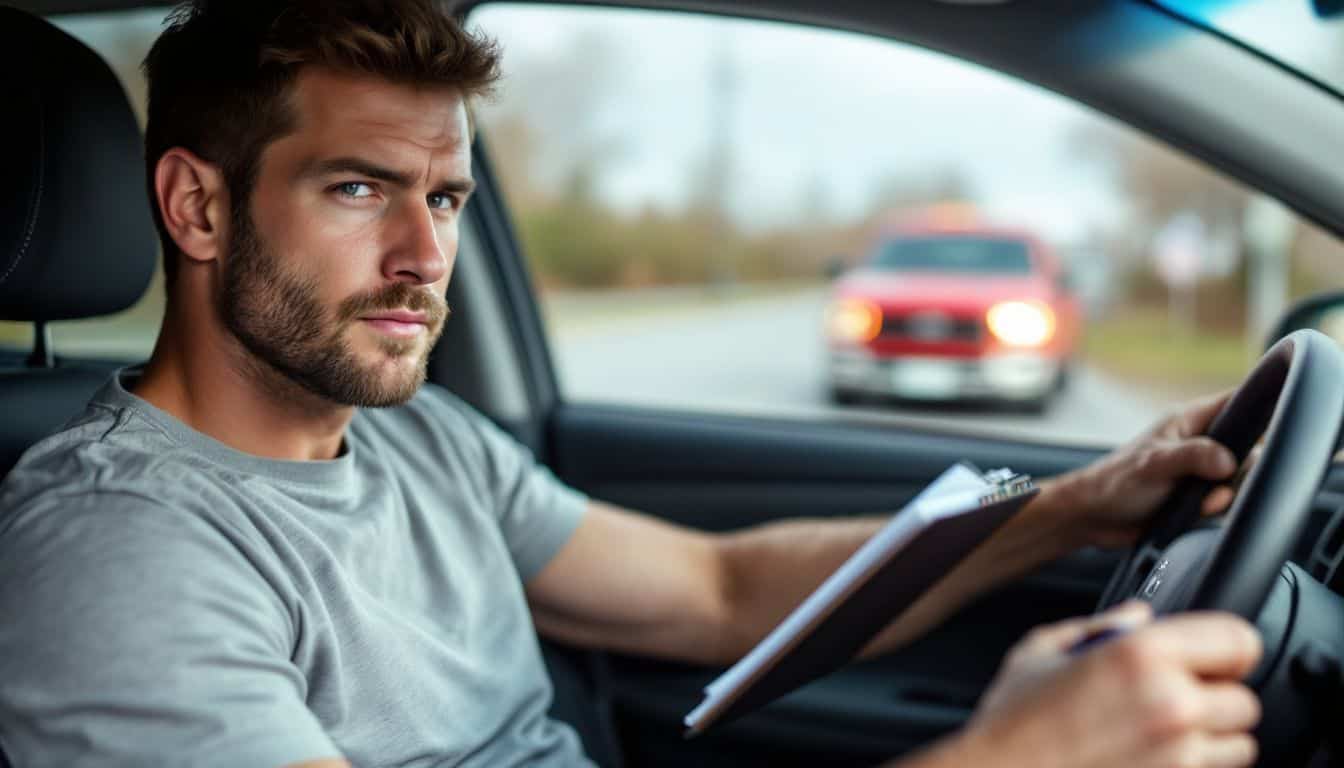
Spotting a drunk driver isn’t rocket science. You just need to keep your eyes peeled for some key details. First up, get that license plate number. It’s like the driver’s ID card on wheels.
Next, take note of the car’s make, model, and color. Is it a red pickup or a blue sedan? Where’s the car headed? Jot down the street name and direction. If you can, try to describe the driver too.
Maybe they’ve got a baseball cap on or long hair.
Don’t forget to write down what made you think, “Uh-oh, this driver’s had one too many.” Are they swerving like crazy? Hitting the brakes for no reason? Running red lights? These details help cops spot the right car.
According to one law firm, these observations can make or break a drunk driving case. Now, let’s talk about how to report these observations without giving away your name.
Anonymous Reporting Methods
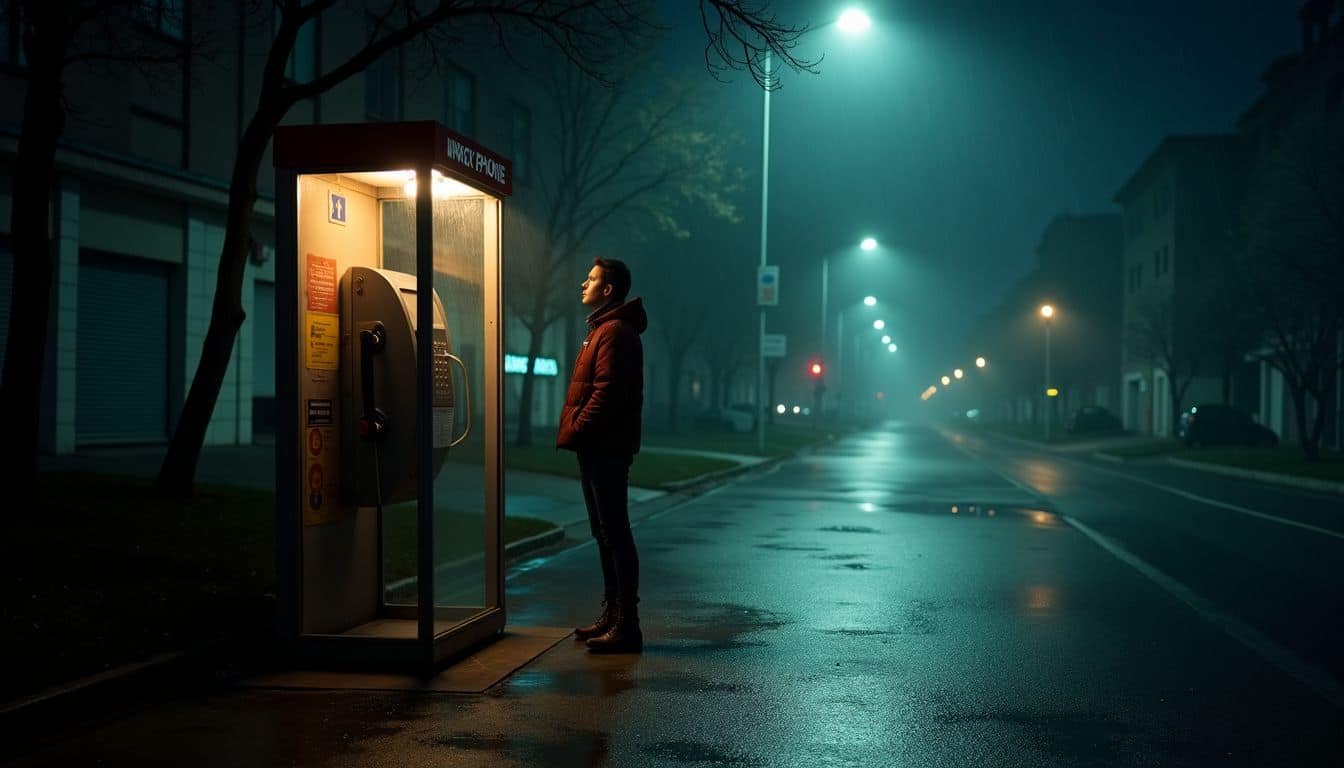
You’ve got options to report drunk drivers on the down-low. No need to give your name or get involved. Just dial 911 if it’s urgent. They’ll handle it fast. For less pressing cases, use city-specific numbers.
New York City has 311, while Los Angeles uses 1-877-ASK-LAPD. These lines let you share info without revealing who you are.
Want to stay totally off the radar? Try WeTip. It’s a service that keeps you 100% anonymous. They give you a code number instead of using your name. You can also use online forms, texts, or apps to report drunk drivers.
Some places even have QR codes you can scan. It’s quick, easy, and you stay out of the spotlight. Now, let’s talk about what info you need for an effective report.
Critical Information for an Effective Report
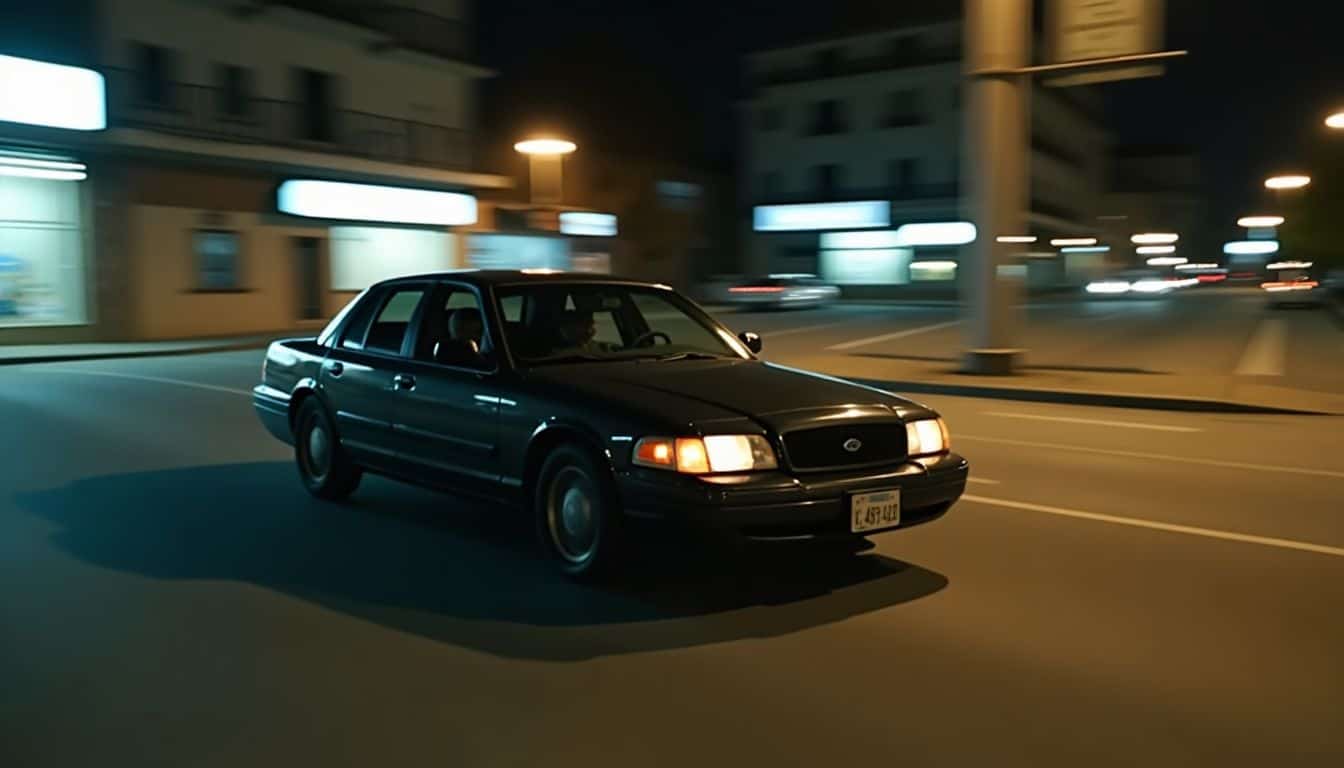
When you spot a drunk driver, every detail counts. Jot down the car’s make, model, color, and license plate – plus where it’s headed and how it’s moving. These bits of info can help cops nab the dangerous driver and keep our streets safe.
Vehicle Details
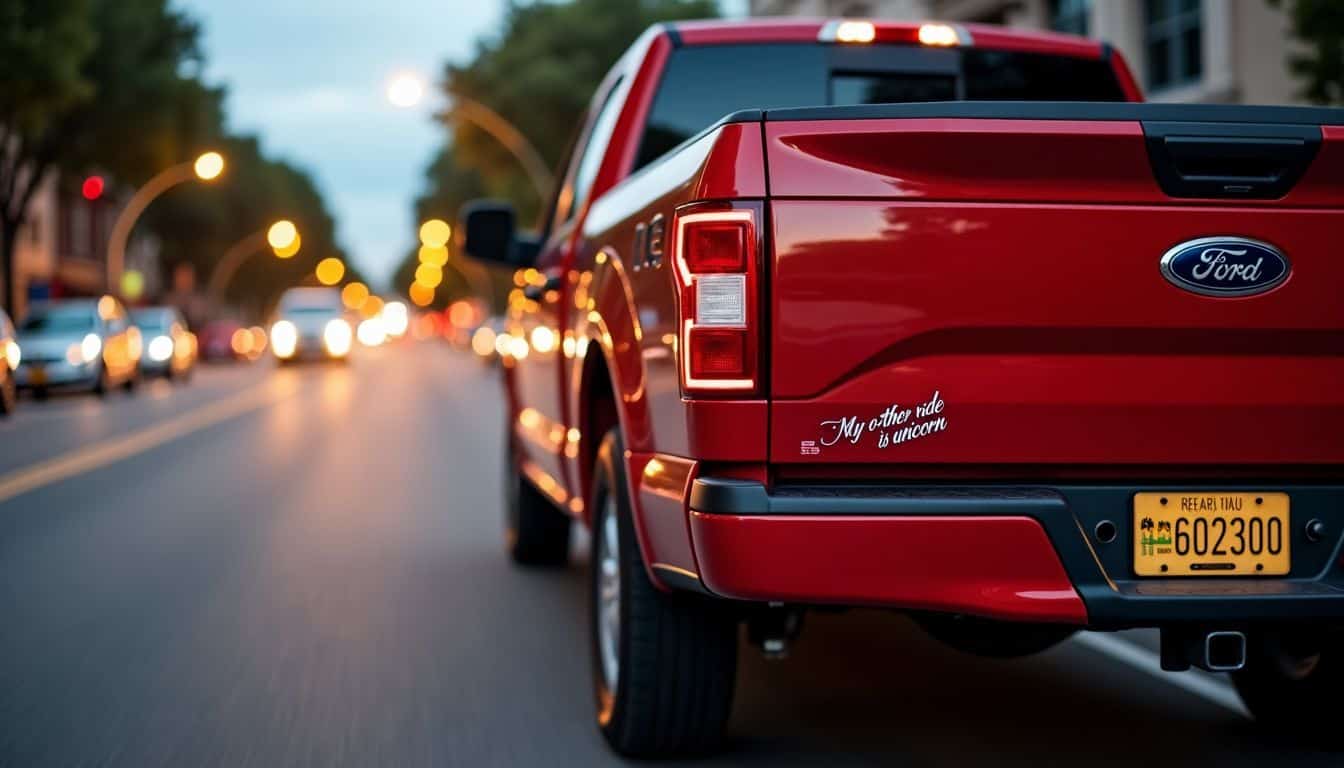
Think someone’s driving under the influence? Get the car’s details. The license plate is key – write it down quickly. Can’t see the plate? No problem. The car’s make, model, and color are important too.
For example: “Blue Honda Civic going north on Main Street.” That’s helpful for the police. Being observant can make a big difference.
Pay attention to unique features. Maybe there’s damage to the car or a distinctive sticker. These details help police identify the vehicle quickly. The more information you provide, the faster they can find the impaired driver.
Let’s consider where this dangerous situation is happening.
Travel Location and Direction
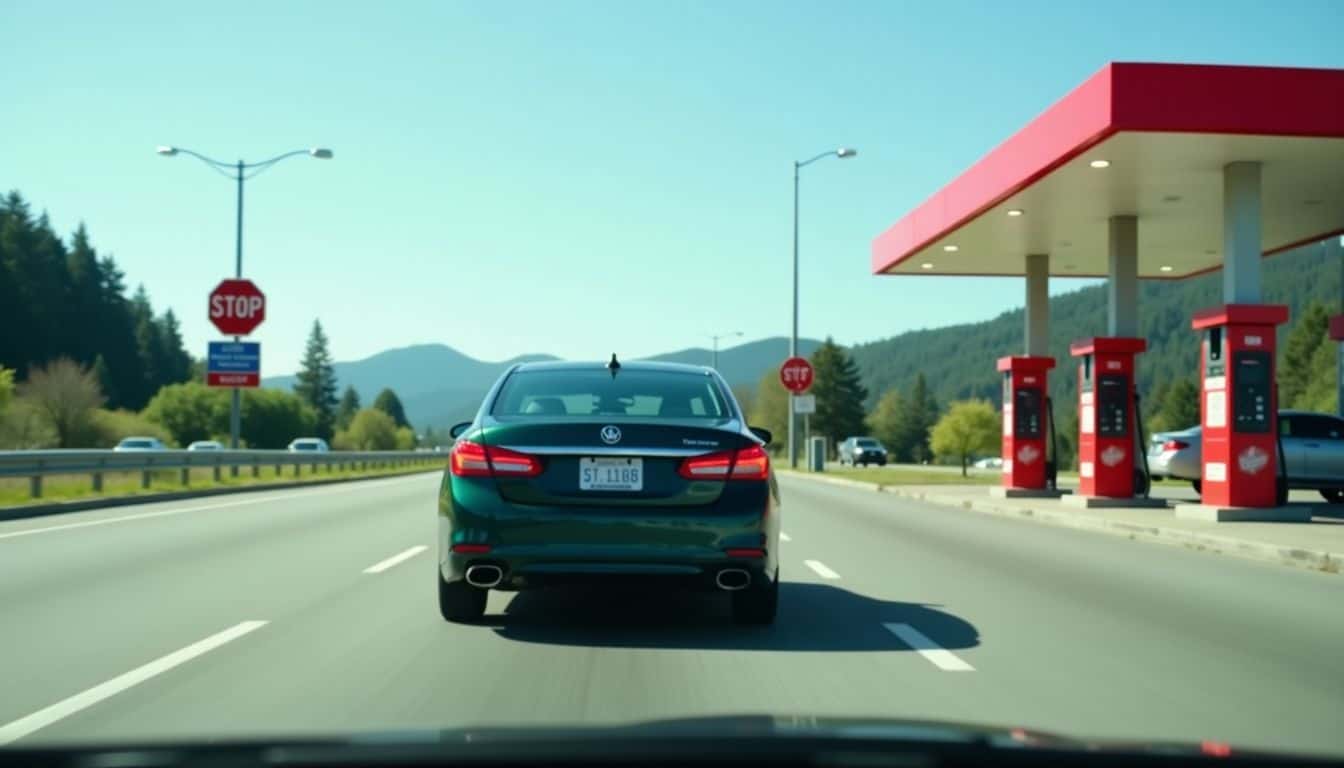
After noting the vehicle details, pinpoint where the drunk driver is. This info is crucial for cops to find them fast. Tell them the exact street or highway name. Also, mention any landmarks nearby – like a big store or gas station.
This helps narrow down the search area.
Don’t forget to share which way the car is headed. Is it going north on Main Street? Or east on Highway 101? Knowing the direction helps police intercept the driver before a car accident dream becomes real.
If the car turns, update the hotline right away. Quick, clear info about location and direction can save lives on the road.
Behavior Description
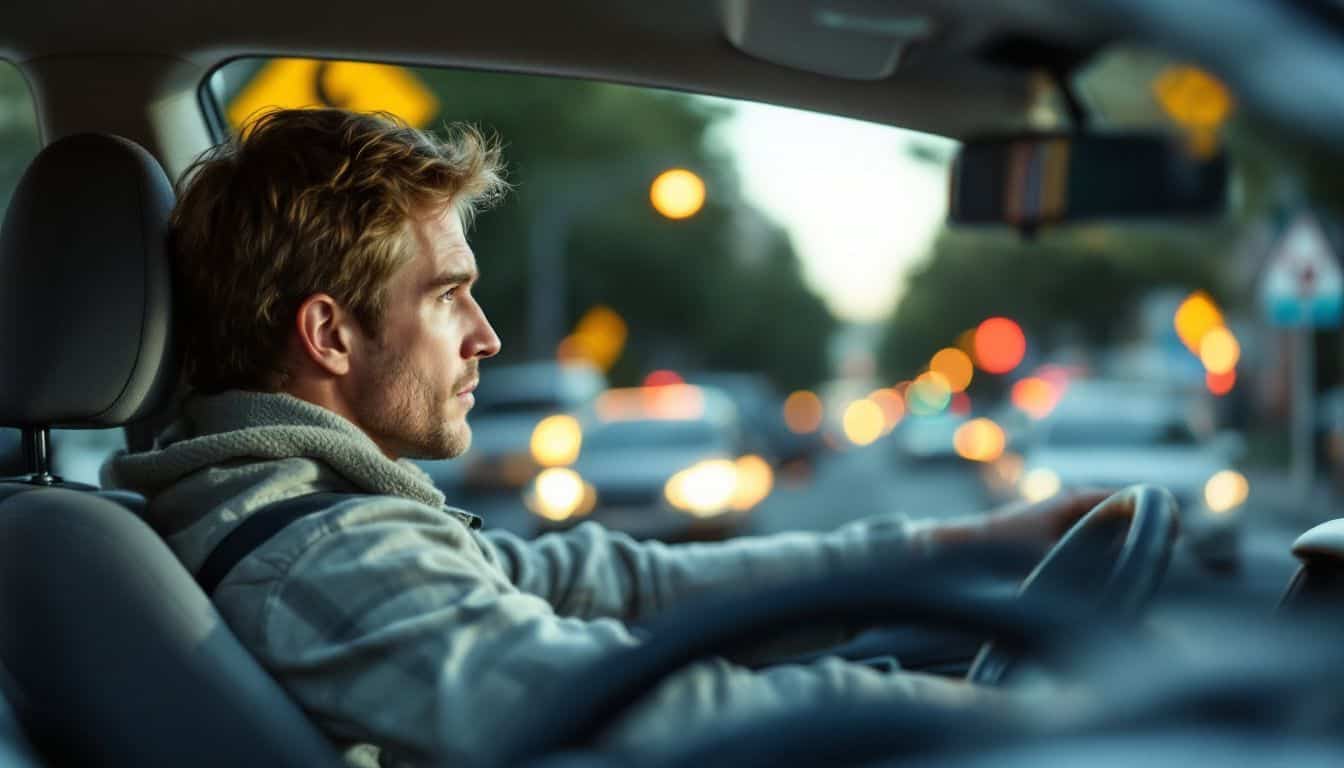
After noting the car’s location, focus on the driver’s actions. Paint a clear picture of what you see. Is the car weaving across lanes? Maybe it’s going too slow or speeding up and slowing down for no reason.
These are red flags.
Look for other odd behaviors too. A drunk driver might forget to turn on their headlights at night. They could be braking erratically or ignoring traffic signs. I once saw a guy try to turn left from the right lane! That’s the kind of stuff cops need to know.
Be specific but brief – every detail helps keep our roads safe from impaired drivers.
Resources for Anonymous Reporting
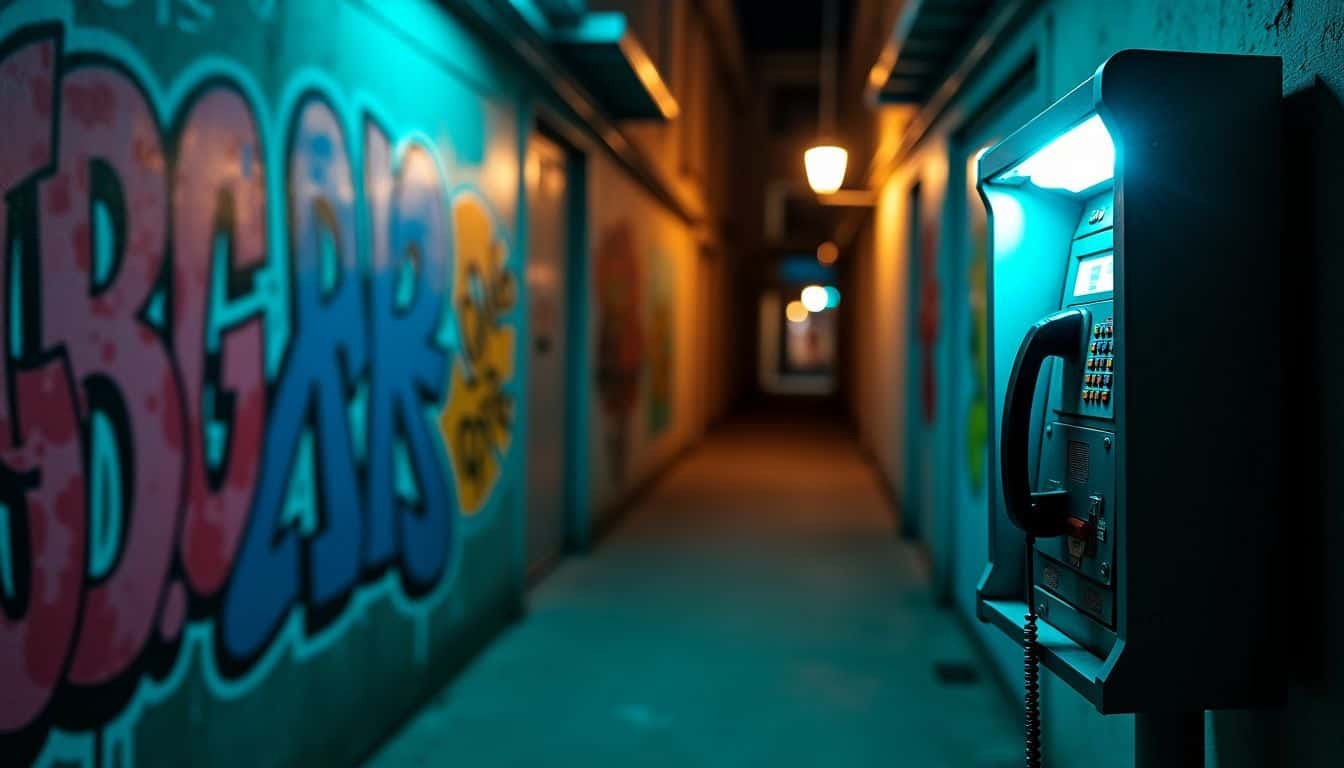
We’ve got the lowdown on hotlines and websites for safe, anonymous reporting… Ready to dive in and make our roads safer?
Contact Information for Hotlines and Websites
Reporting drunk drivers is easier than ever. WeTip offers a bunch of ways to speak up – online, by phone, text, or even through a mobile app. They’ll give you a six-digit case number so you can check back later.
Big cities have their own hotlines too. In New York, dial 311. Los Angeles folks can call 1-877-ASK-LAPD.
MADD (Mothers Against Drunk Driving) also runs a hotline at 1-877-623-3435. It’s open 24/7 for anyone to report unsafe drivers. I’ve used it myself – it’s quick and simple. The operator asks for basic info about the car and where you saw it.
They handle the rest.
One call could save a life. Don’t hesitate to report drunk driving – it’s the right thing to do, says John Smith, a MADD volunteer.
People Also Ask
How can I spot a drunk driver on the road?
Look for swerving, sudden braking, or driving too slow. These signs might mean the motorist is under the influence of alcohol. If you see this, it’s time to act.
What info should I give when reporting a drunk driver?
Give the car’s make, model, color, and plate number if you can. Tell where you saw it and which way it was going. This helps traffic officers find the right vehicle fast.
Will I have to go to court if I report a drunk driver?
Usually not. Your call is just a tip-off. The police need to catch the driver in the act. They’ll do field sobriety tests or a breath test. Your testimony isn’t needed most times.
Can police stop a car just because someone reported it?
They need reasonable suspicion. Your report helps, but they’ll watch for signs of drunkenness. If they see erratic driving, they can pull the car over. It’s not an unreasonable search.
What happens to drunk drivers after they’re caught?
They might face DUI charges. This could mean fines, losing their license, or even jail time. For underage drivers, it’s even stricter. The goal is to keep our roads safe for everyone.
Does reporting drunk drivers really make a difference?
Absolutely! Your call could prevent a traffic accident. It might save lives – drivers, passengers, and pedestrians. You’re helping enforce traffic laws and reducing motor vehicle accidents. It’s a big deal.
